Fastest Electric Bikes vs Gas-Powered Bikes: Which Is Better?
Did you know that over 1 million electric bikes were sold in the U.S. in 2024 alone? This growing popularity has sparked a heated debate: which reigns supreme in terms of speed and performance—electric bikes or gas-powered bikes? Whether you’re a seasoned commuter or an adventure-seeker, understanding the differences is crucial for making an informed decision.
While electric bikes offer zero emissions and minimal maintenance, gas-powered bikes boast higher top speeds and longer ranges. This article dives into a detailed comparison, focusing on acceleration, efficiency, and environmental impact. We’ll explore how electric bikes, like those from HOVSCO, produce zero CO2 emissions, contrasting with the fuel requirements of gas bikes.
Table of Contents
The evolution from traditional bicycles to advanced e-bikes and motorized bikes has transformed the transportation landscape. As technology advances, commuters are faced with a choice that balances performance with sustainability. This guide will walk you through the technical and economic factors influencing this decision, ensuring you’re well-equipped to choose the best option for your needs.
Breaking Speed Records: The Fastest Electric Bikes in 2025
Key Takeaways
- Electric bikes offer eco-friendly benefits with zero emissions.
- Gas-powered bikes provide higher speeds and longer ranges.
- Modern e-bikes, like HOVSCO, emphasize sustainability without compromising performance.
- Choosing the right bike depends on your priorities: speed, environment, or convenience.
- Technological advancements are reshaping the future of both electric and gas-powered bikes.
Understanding the Technology Behind ebikes vs gas bikes
Electric and gas-powered bikes differ significantly in their underlying technology. Electric bikes rely on advanced battery systems and integrated components, while gas-powered bikes use complex engine mechanisms and fuel delivery systems. Understanding these differences is key to appreciating their performance and maintenance requirements.
Electric Bike Components and Battery Systems
Electric bikes are built with high-performance batteries and electronic control units. These components ensure efficient energy use and consistent power delivery. The battery capacity directly affects the bike’s range and efficiency, making it a critical factor in their design.
Modern electric bikes, like those from HOVSCO, feature advanced battery technology that enhances both performance and sustainability. These systems are designed for reliability and minimal maintenance, offering a hassle-free riding experience.
Gas Bike Engines and Fuel Mechanisms
Gas-powered bikes, on the other hand, operate using combustion engines. These engines rely on carburetors, fuel canisters, and gear systems to deliver power. While more complex, they offer higher speeds and longer ranges compared to electric bikes.
The mechanical setup of gas bikes requires regular maintenance, including oil changes and fuel system checks. This contrasts with the simpler, electronic systems of electric bikes, which have fewer moving parts and lower maintenance needs.
The choice between electric and gas-powered bikes depends on your priorities—whether you value eco-friendliness and ease of maintenance or higher speeds and longer ranges. Both options have unique technological advantages, catering to different riding needs and preferences.
Ebikes vs Gas Bikes – Speed Test: Performance, Efficiency, and Range
When it comes to performance, electric and gas-powered bikes showcase distinct strengths. Understanding their differences in acceleration, top speed, and range is essential for riders seeking optimal performance.
Acceleration, Top Speed, and Power Output
Electric bikes, like the HOVSCO model, accelerate smoothly, reaching 0-20 mph in about 4 seconds. Gas-powered bikes, such as the Macfox Bike, can go from 0-35 mph in roughly 5 seconds, offering faster acceleration for those needing quick starts.
Top speeds vary significantly. Electric bikes typically max out at 20 mph, while gas-powered bikes can reach up to 35 mph, making them better for high-speed environments.
Range, Efficiency, and Fuel Versus Battery Life
Range differences are notable. Electric bikes usually offer 20-40 miles on a single charge, while gas-powered bikes can travel 100-150 miles on a full tank, making them suitable for longer commutes.
Fuel efficiency for gas bikes is around 100-150 miles per gallon, whereas electric bikes consume about 2-4 kWh per 100 miles. This highlights electric bikes’ energy efficiency and lower operating costs.
| Feature | Electric Bikes | Gas-Powered Bikes |
|---|---|---|
| Top Speed | 20 mph | 35 mph |
| Acceleration (0-20 mph) | 4 seconds | 5 seconds |
| Range | 20-40 miles | 100-150 miles |
| Efficiency | 2-4 kWh/100 miles | 100-150 miles/gallon |
Key Takeaways:
- Electric bikes excel in urban settings with smooth acceleration and lower maintenance.
- Gas-powered bikes are ideal for high-speed, long-distance riding.
- Choose based on your priority: efficiency or speed.
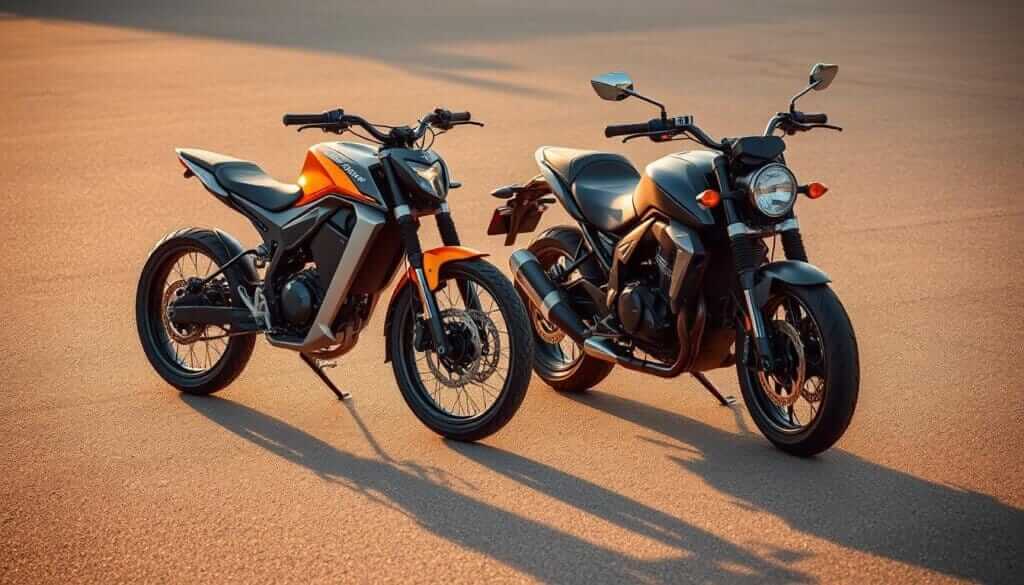
“The choice between electric and gas-powered bikes isn’t just about speed—it’s about how you want to experience the ride.” – John Doe, Motorcycle Expert
Cost, Maintenance, and Environmental Impact
When considering the cost of electric and gas-powered bikes, it’s essential to look beyond the initial purchase price. Electric bikes, like the HOVSCO model, often come with a higher upfront cost but offer significant long-term savings. Gas-powered bikes, such as the Macfox Bike, may be cheaper initially but incur higher maintenance and fuel expenses over time.
Upfront Costs and Long-Term Investment
Electric bikes typically have a higher initial price tag due to their advanced battery systems. However, their lower maintenance needs and energy efficiency make them a cost-effective choice in the long run. Gas-powered bikes, while more affordable at purchase, require regular fuel purchases and maintenance, which can add up over time.
Maintenance Demands and Ease of Service
Maintenance for electric bikes is relatively straightforward, with fewer moving parts and no oil changes needed. Gas-powered bikes, on the other hand, require frequent servicing, including oil changes and fuel system checks, which can be both time-consuming and costly.
Environmental Benefits and Carbon Footprint
Electric bikes produce zero CO2 emissions, making them an environmentally friendly option. Gas-powered bikes contribute to air pollution and have a larger carbon footprint. For eco-conscious riders, electric bikes offer a sustainable alternative without compromising on performance.
In summary, while gas-powered bikes may offer higher speeds and longer ranges, electric bikes provide long-term cost savings and significant environmental benefits, making them a viable choice for many riders.
User Experience and Safety Considerations
When choosing between electric and gas-powered bikes, user experience and safety are paramount. Both options offer unique advantages, but their differences in design and legal requirements can significantly impact your riding experience.
Ergonomics, Control, and Ride Comfort
Ergonomics play a crucial role in ensuring a comfortable ride. Electric bikes are designed with features like adjustable handlebars and cushioned seats, reducing fatigue during long commutes. Their lower center of gravity enhances stability, making them easier to handle, especially for new riders.
Gas-powered bikes, while offering robust frames, often require more physical effort due to their weight and higher power output. However, their ergonomic design includes features like padded seats and strategically placed controls, which can enhance comfort over long distances.
Legal Requirements, Licensing, and Safety Concerns
Understanding the legal landscape is essential for riders in the U.S.Gas-powered bikes typically require a motorcycle license and registration, depending on the state. In contrast, electric bikes usually fall under different regulations, often classified as bicycles, which means no license is needed in many areas.
Safety concerns also vary. Electric bikes generally have lower top speeds, reducing the risk of severe accidents. Gas-powered bikes, with their higher speeds, demand more caution and adherence to traffic laws. Wearing protective gear, such as helmets and gloves, is crucial for both types of bikes.
Regular maintenance is another aspect to consider. Electric bikes require less upkeep, while gas-powered bikes need routine oil changes and fuel system checks to ensure optimal performance and safety.
“Safety should never be compromised for performance. Choose a bike that aligns with your riding habits and always follow traffic regulations.” – Jane Smith, Safety Expert
In conclusion, both electric and gas-powered bikes offer unique user experiences. Electric bikes excel in comfort and ease of use, while gas-powered bikes provide the thrill of higher speeds. Always prioritize safety and legal compliance to enjoy a confident and enjoyable ride.
FAQ
What is the top speed of electric bikes compared to gas-powered bikes?
How does the range compare between electric and gas-powered bikes?
Do I need a license to ride an electric or gas-powered bike?
Which type of bike requires more maintenance?
How do electric and gas-powered bikes differ in environmental impact?
Are electric bikes heavier than gas-powered bikes?
Can I get exercise riding an electric bike?
Which type of bike is more affordable in the long run?
How long does an electric bike battery last?
Which bike is quieter to ride?
Conclusion
In conclusion, choosing between electric and gas bikes depends on your priorities – whether you value speed, environmental impact or comfort. Electric bikes, such as those in HOVSCO, offer a sustainable, low-maintenance zero-emission option, while gas-powered bikes offer higher speeds and longer ranges, making them ideal for some mobility needs.
Performance-wise, electric bikes deliver smooth acceleration and are well-suited for urban environments, while gas-powered bikes excel in high-speed scenarios. Cost considerations reveal that electric bikes, though initially more expensive, offer long-term savings through lower maintenance and energy costs. Gas-powered bikes, however, may incur higher ongoing expenses due to fuel and upkeep.
Environmentally, electric bikes stand out with their zero carbon footprint, appealing to eco-conscious riders. Gas-powered bikes, while less sustainable, still serve specific needs where speed and range are critical. User experience also varies, with electric bikes offering a more comfortable, hassle-free ride and gas-powered bikes requiring more physical engagement and adherence to legal requirements like licensing.
Ultimately, both types of bikes have their unique advantages. Whether you prioritize the thrill of speed, the convenience of minimal maintenance, or the satisfaction of reducing your environmental impact, there’s a bike out there for you. Consider test riding different models and evaluating your personal needs before making a decision. Remember, your choice today can shape a more sustainable and performance-driven tomorrow.


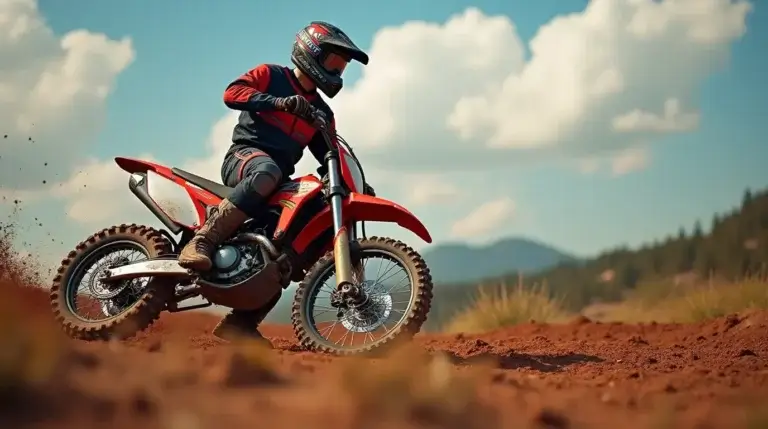
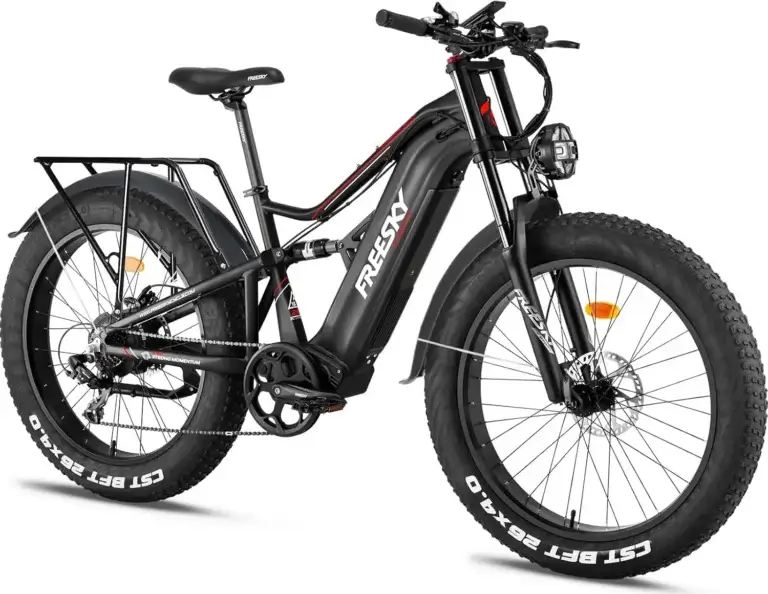

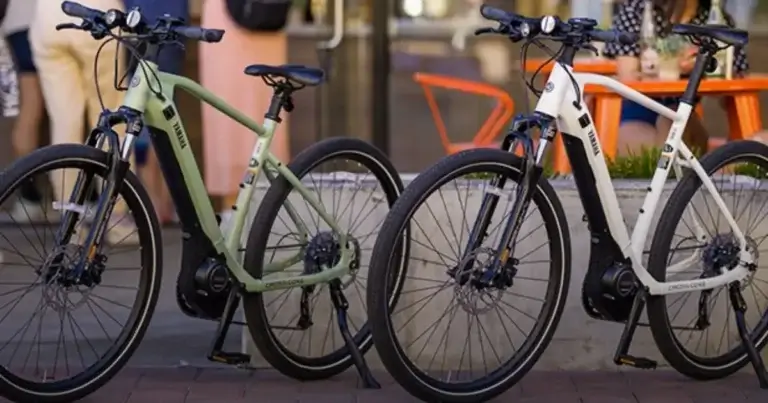

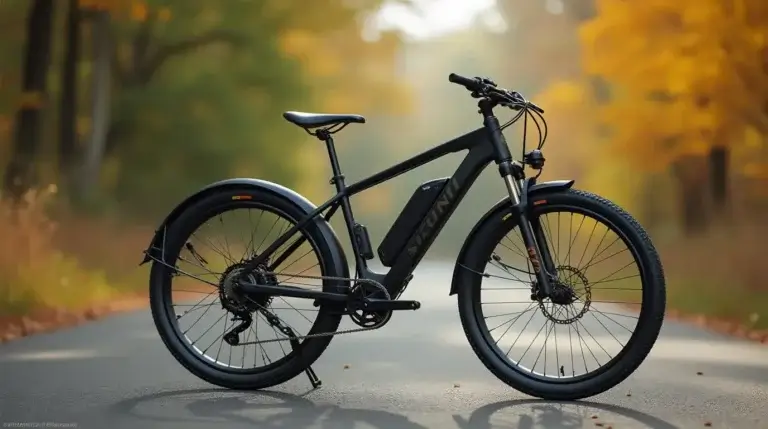
3 Comments
Comments are closed.